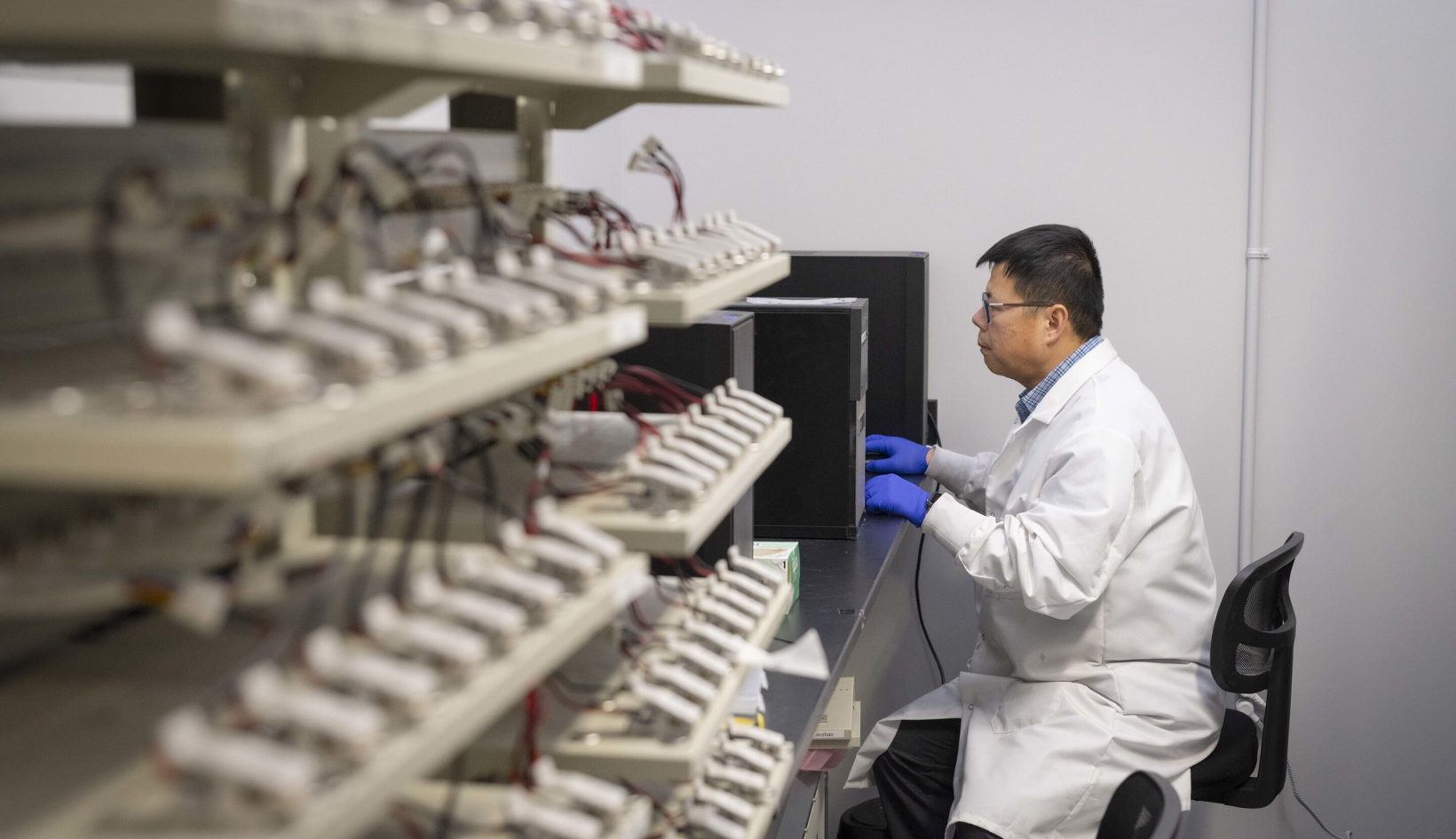WPI Researchers Unveil Efficient, Eco-Friendly Lithium-Ion Battery Recycling Method
According to foreign media reports, researchers at Worcester Polytechnic Institute (WPI), led by Professor Yan Wang from the Department of Mechanical and Materials Engineering, have developed a brand-new, scalable lithium-ion battery recycling method. This method is efficient and environmentally friendly, representing an important step forward for sustainable energy technology.

Image Source: Worcester Polytechnic Institute
The team's research is titled "Upcycling Mixed Spent Ni-Lean Cathodes into Ni-Rich Polycrystalline Cathodes," published in the journal "Energy Storage Materials." The paper details an innovative hydrometallurgical upcycling method that offers both environmental and performance advantages compared to traditional recycling methods.
This process is specifically designed for waste mixed Ni-lean cathode materials, which are commonly found in spent lithium-ion batteries.
Traditional recycling methods struggle to effectively recover these materials and often rely on energy-intensive processes that produce outputs of low value. In contrast, the new method recovers over 92% of key metals—nickel, cobalt, and manganese—and converts them into high-performance cathode powder.
Tests show that batteries made from these recycled materials perform comparably to those made from virgin materials. In commercial-scale pouch cells, the capacity remains at 88% after 500 charging cycles and above 85% after 900 charging cycles.
The new process saves 8.6% energy consumption compared to traditional hydrometallurgy methods and significantly reduces carbon emissions—13.9% less than traditional recycling, slightly higher than direct upgrading and remanufacturing.
Professor Wang stated, "This work not only addresses the environmental challenges posed by battery waste but also helps reduce our reliance on mining for critical materials. We have demonstrated that it is possible to produce high-performance batteries on a large scale using recycled materials, which is crucial for building a more sustainable and resilient battery supply chain."
This innovation directly addresses two major challenges: the increasing amount of battery waste and the global demand for key materials used in electric vehicles and other clean energy technologies.
As the industry and policymakers focus on sustainable solutions, this advancement is expected to play a key role in building a more circular and climate-conscious battery economy.
【Copyright and Disclaimer】The above information is collected and organized by PlastMatch. The copyright belongs to the original author. This article is reprinted for the purpose of providing more information, and it does not imply that PlastMatch endorses the views expressed in the article or guarantees its accuracy. If there are any errors in the source attribution or if your legitimate rights have been infringed, please contact us, and we will promptly correct or remove the content. If other media, websites, or individuals use the aforementioned content, they must clearly indicate the original source and origin of the work and assume legal responsibility on their own.
Most Popular
-

U.S. Appeals Court Officially Rules: Trump Tariff Unlawful and Void!
-

[Today's Plastics Market] General Materials Weakly Fluctuate, Engineering Materials Steadily Rise
-

At Least 44 Dead in Century-Old Fire! Questioning Hong Kong's Hong Fu Garden: Why Has the Path to Fire Resistance Taken 15 Years Without Progress?
-

Avatr Files for IPO on HKEX, Plans to Complete Listing in Q2 2026
-

Satellite chemical's profits surge! can the 26.6 billion yuan high-end new materials project meet expectations? a review of progress on four major projects






